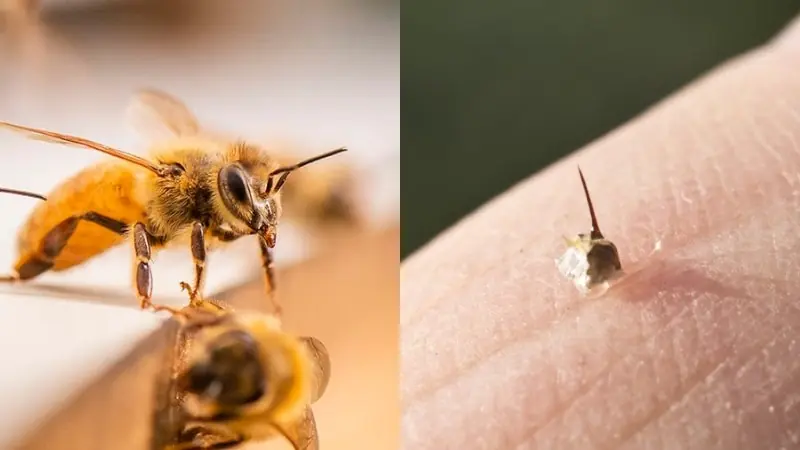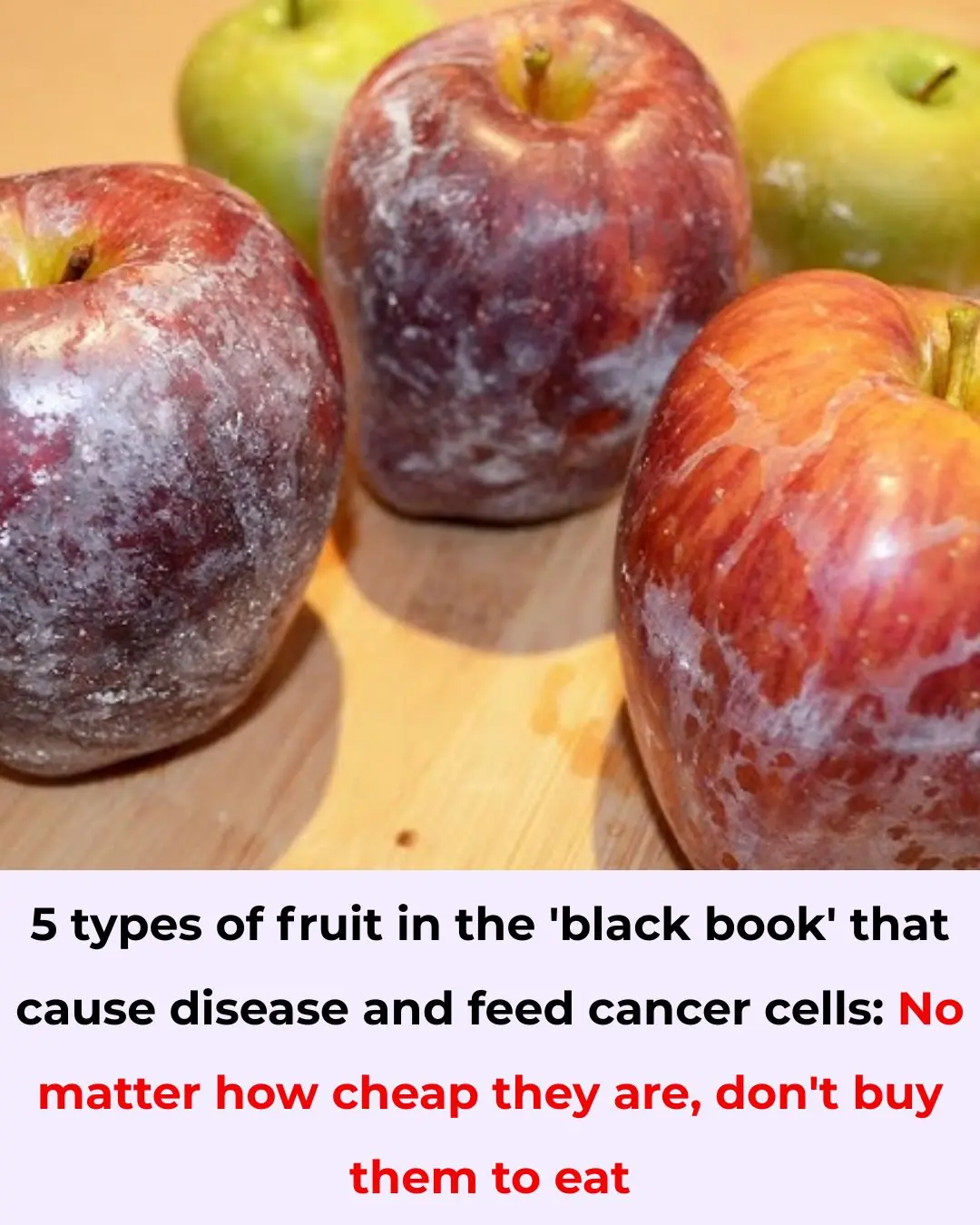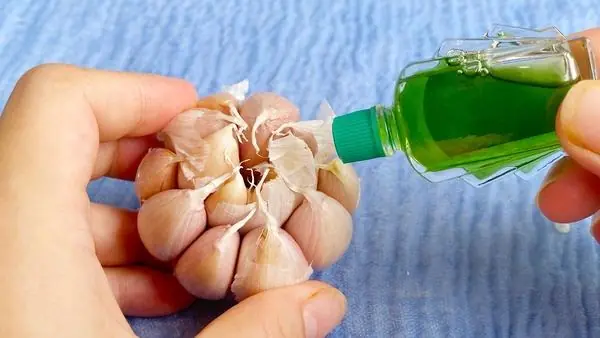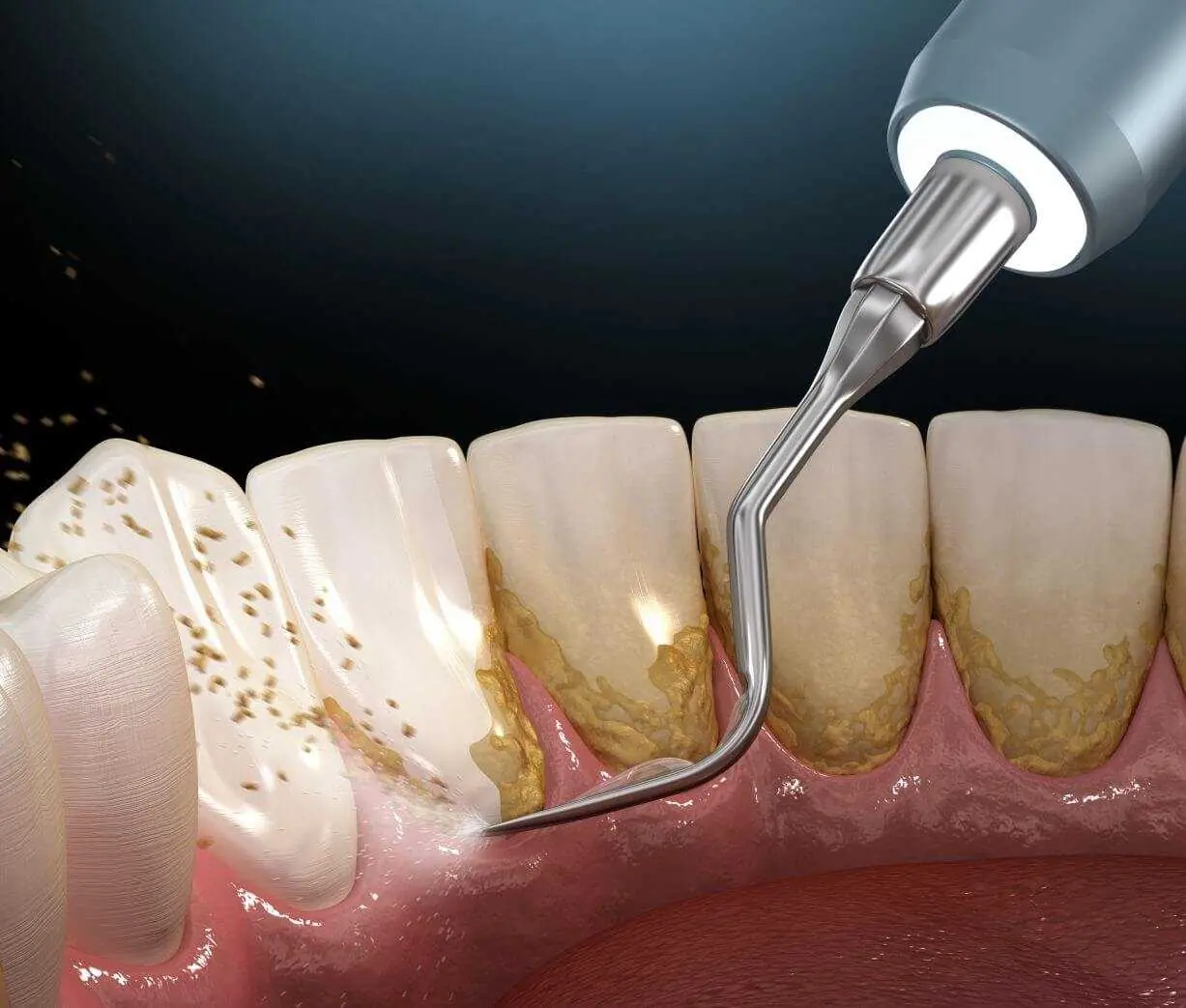
When choosing a balut egg, just look at one point to know if it is old or young, no fear of buying the wrong one.
How to Choose Fresh and High-Quality Balut (Fertilized Duck Eggs)
If you want to know how to pick a fresh balut that is not too mature, keep these simple tips in mind.
Balut, or fertilized duck eggs, is a highly nutritious food that is loved by many. From this ingredient, you can prepare a variety of dishes such as boiled balut, balut grilled with scallion oil or tamarind sauce, and balut cooked with mugwort leaves. Each preparation brings out a unique flavor while maintaining the egg’s rich nutritional value.
One of the most important factors people consider when buying balut is how to select fresh eggs that are not overdeveloped. Older balut eggs contain more developed embryos, with longer feathers, which many people find unappetizing. In contrast, younger balut eggs have soft, less developed embryos and are easier and more enjoyable to eat.
Here are some practical tips to help you choose high-quality balut eggs:
Examine the Shell
Fresh, young balut eggs usually have slightly rough shells and may even be covered with a thin white powdery layer.
By holding the egg up to a light source—such as under a lamp—you can see that the air space at the larger end is small, without dark spots or cloudy areas.
Older balut eggs typically have smooth shells that may appear slightly grayish. When viewed under a strong light, these eggs often have a larger air space at one end, and small dark spots can be seen inside the egg.
Shake the Egg Gently
In a fresh balut egg, both the egg white and yolk are dense, so shaking it gently should not produce any noticeable sound.
In older eggs, however, the embryo is more developed, leaving a larger air space at the top. Shaking these eggs will produce a distinct sound of liquid movement.
If you prefer slightly more developed balut, select eggs with a larger air space. For younger eggs, choose ones that feel fuller and have a smaller air pocket.
Check the Weight
The simplest way to distinguish a fresh balut egg from an older one is to hold it in your hand.
Eggs that feel heavy and firm are usually young, containing plenty of egg white and yolk. Lighter eggs are often older, with more developed embryos and less yolk.
A practical tip is to hold two eggs of similar size in both hands. The heavier egg is likely fresher, while the lighter one is older. This technique is very reliable, especially if you want to enjoy the softer texture of a young balut.
Use Salt Water to Test Freshness
To determine whether a balut egg is fresh or old, place it in a glass of lightly salted water. Fresh eggs will sink to the bottom, while older eggs will float. This method can also be applied to regular duck or chicken eggs.
Balut eggs do not keep as long as regular duck or chicken eggs. It is best to cook and consume them as soon as possible. If stored for 2–3 days, the yolk may become hard, and the egg will lose some of its desirable texture and flavor.
Storage Tips
For raw balut eggs, keep them in a warm place to allow the embryo to remain viable. They can typically be stored for 1–5 days. Eggs stored longer may become overdeveloped, resulting in a more feathered embryo.
For cooked balut eggs, refrigerate them within two hours of boiling. Store the eggs in a sealed container to maintain freshness. Reheat before eating if needed. However, for the best taste and texture, it is recommended to consume balut immediately after cooking.
Candling: Observing the Egg Under Light
When buying balut, hold the egg up to a bright light to observe the internal air space.
A large air pocket indicates an older egg, while a small air pocket suggests a younger egg. You can also assess freshness by observing the embryo: a healthy, fresh embryo appears pinkish and solid, with clear red veins spread evenly.
In contrast, if the embryo moves too freely or the veins appear faint and weak, the egg may be spoiled and should be avoided.
News in the same category


Pork fed growth hormones and containing lean meat additives often has this sign. You just need to be observant when going to the market to see it.

Tips for hair care with corn, extremely effective in preventing hair loss, new hair grows abundantly

Lemon seeds can save the life of a snakebite victim in just 1 minute if used this way

Phone got wet, burying it in a rice barrel only damaged it a little, smart people do it this way

Tips to preserve moon cakes for half a year, keep them from getting hard when eaten

Great tips to help your flowers and ornamental plants, no matter how wilted, become fresh again in just a few days

No need for chemicals, get rid of flies in your house with spices in the kitchen

A Simple 1-Minute Trick to Soothe Bee Stings – My Dad’s Easy Home Remedy (Scientifically Explained)

5 Simple Ways to Remove Rust from Knives – Make Your Dull, Rusty Knife Shiny and Sharp Again

5 Fruits on the ‘Blacklist’ That Can Cause Cancer – Avoid Buying Even If Cheap

Pork Skin – The Often Overlooked Superfood

Don’t Throw Away Lemon Peels! Use Them for These 8 Household Tasks and Save a Ton of Money

10 surprising ways to use vinegar around the house

Stop eating these 10 things of CRAP

Mix Banana Peels With This and Leave It in a Corner — Roaches Will Disappear Overnight

Weak Toilet Flush and No Suction? A Simple Trick From a Professional That Fixes It Instantly

Genius Ways to Store Ginger Without a Refrigerator — Keep It Fresh for an Entire Year

Everyday Habits That Could Be Quietly Ruining Your Home
News Post

Pouring medicated oil on garlic seems like a strange thing to do, yet it offers surprising benefits that not everyone knows about

Powerful Foods That Help Prevent Clogged Arteries And Keep Your Heart Feeling 20 Again

‘He Needs To Act Like A Professional’: Would Draymond Green Care That A Fan Called Him ‘Angel Reese’ If He Was Still Good?

O.J. Simpson Estate Selling Off Treasures to Pay Goldman $58M—You Won’t Believe What’s Up for Auction

Leading Barber App Releases New Heartwarming Campaign Highlighting the Transformative Power of a Haircut

Natural Plaque-Removal Tricks That Actually Work

Philadelphia’s Oldest Black Bookstore From 1950s Officially Granted Historical Marker

How To “Remove” All The Chemicals Out Of Store-Bought Chicken

Deion Sanders Has Generated More Than $90M for the University of Colorado Boulder

I used castor oil for neuropathy – here’s what happened in 30 days!

What Is The Normal Blood Pressure For Each Age

Johns Hopkins Welcomes Second Cohort of HBCU STEM Scholars as Part of $150M Commitment

Always Close Your Bedroom Door Before Going to Sleep

Meet The Chicago Florist Using Art Installations To Shine A Light On Blackness

Prince to Be Honored Posthumously With Lifetime Achievement Award at Grammys

What Sydney Sweeney and Tom Cruise talked about during Governor Awards: lip reader

BBC axes Davina McCall's Stranded on Honeymoon Island after just one series

Shona McGarty's ex fiancé breaks silence as she joins I'm A Celeb after split
